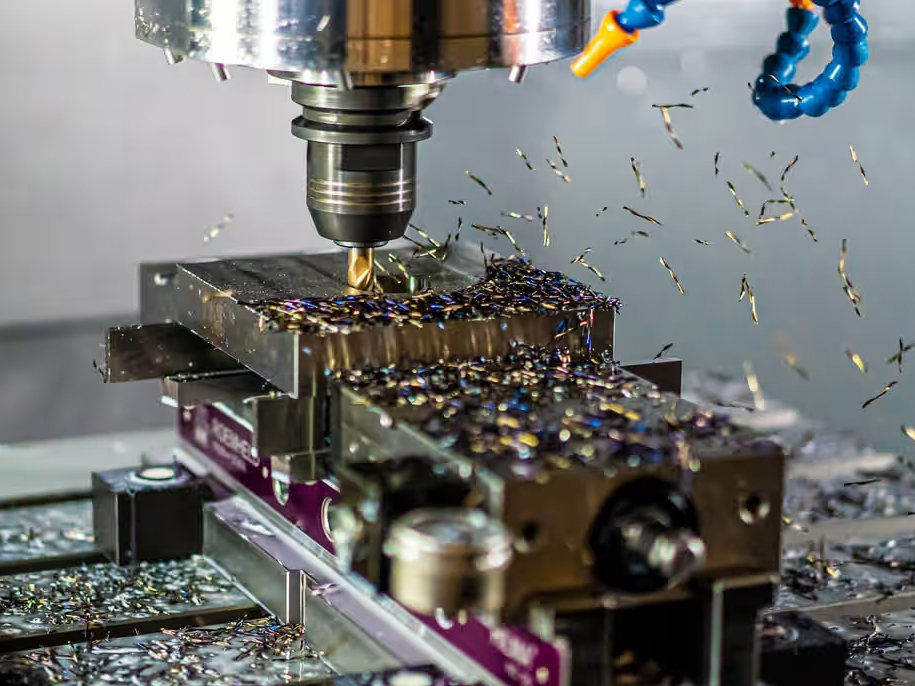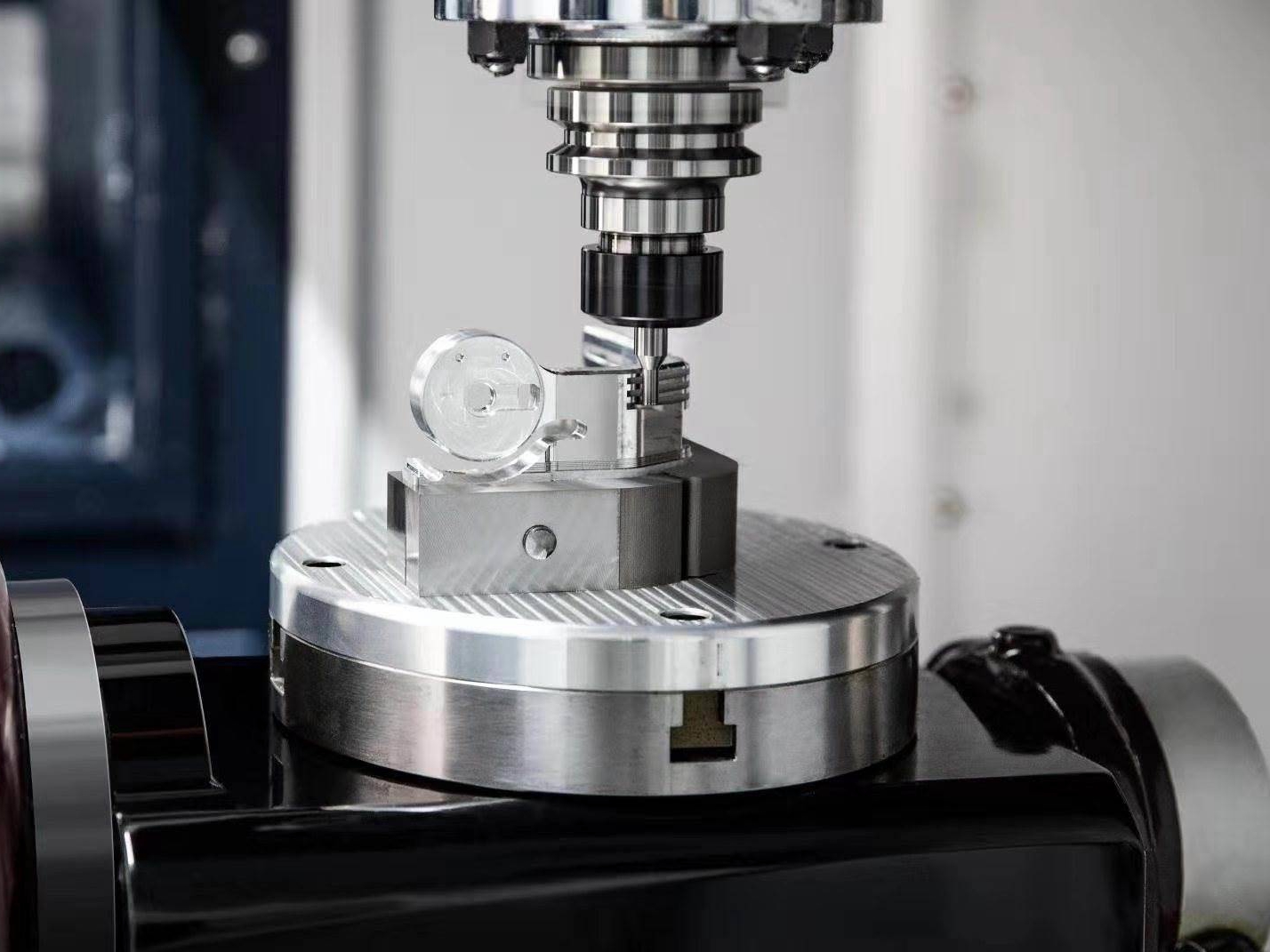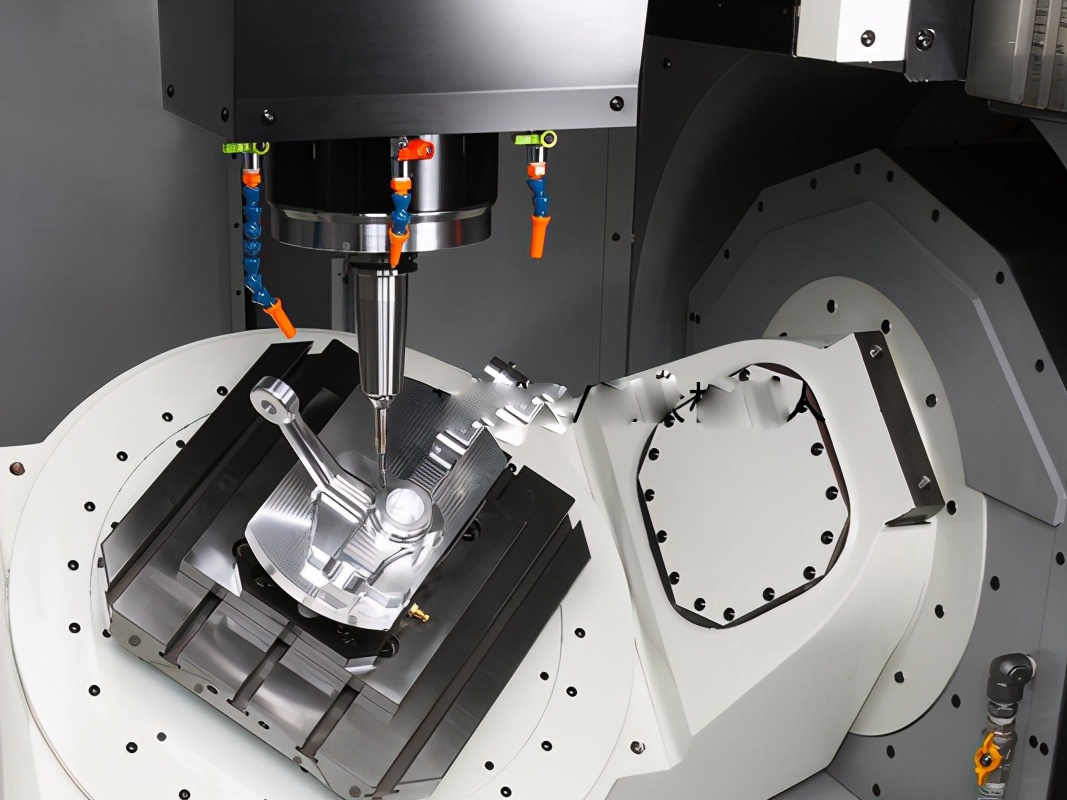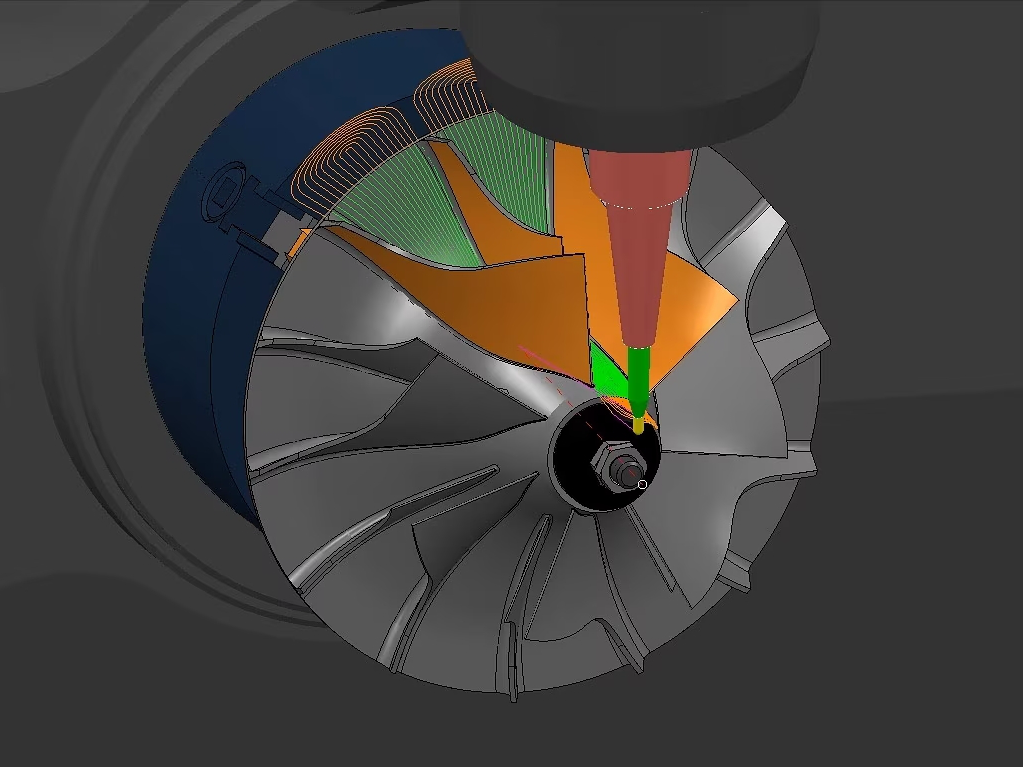3 Axis CNC Milling Service: Everything You Need to Know
Introduction
In modern manufacturing, precision, efficiency, and versatility are paramount. Among numerous machining techniques, CNC milling services using 3-axis machinery stand out for their reliable outcomes across aerospace and automotive manufacturing industries. This blog explores everything you need to know about 3 Axis CNC machining, from basic principles to optimizing your project outcomes.
What is 3 Axis CNC Milling?
Definition of 3-Axis CNC Milling
3 Axis CNC Milling employs computerized numerical control (CNC) to automate milling operations along three axes (X, Y, Z). This precise control enables the milling machine to shape materials accurately according to specified CAD/CAM designs.
Working Principle and Machine Setup
The 3-axis CNC milling machine secures the material in place while a high-speed rotating cutting tool follows programmed paths dictated by CNC software. Typically, the setup includes a spindle holding cutting tools, a material placement table, and a CNC-integrated computer interface, ensuring precision machining outcomes.
Typical Applications and Industries Served
3 Axis CNC milling is commonly used across automotive, aerospace, electronics, and medical device manufacturing sectors. Typical applications include custom mechanical component production, precision molds, prototypes, and intricate finished parts.
Advantages of 3 Axis CNC Milling
Precision and Accuracy
The CNC-controlled operations of 3 Axis milling machines ensure high precision and repeatability, significantly reducing human error and producing consistently uniform, high-quality parts.
Cost-effectiveness
Employing 3 Axis CNC milling offers excellent cost-efficiency, reducing labor costs and minimizing material waste through precise cutting, making it suitable for both prototyping and mass production.
Versatility and Speed
3 Axis CNC milling accommodates diverse materials and efficiently produces complex or straightforward designs. Its automated processes also expedite production cycles, enhancing turnaround times.
Suitability for Various Materials
3 Axis CNC milling effectively handles various materials, including metals, superalloys, plastics, and ceramics, catering to diverse industrial needs.
Common Materials Used in 3 Axis CNC Milling
Metals
Aluminum Alloys: Lightweight, excellent machinability, and corrosion-resistant, ideal for aerospace applications.
Stainless Steel: Offers high strength and durability, widely used in medical devices and industrial components.
Superalloys
Inconel alloys: Known for their exceptional high-temperature strength and corrosion resistance, favored in aerospace.
Monel alloys: Acid and alkali-resistant, suitable for marine and chemical processing.
Plastics and Ceramics
ABS Plastic: Provides durability and lightweight properties suitable for automotive and consumer products.
Zirconia Ceramic: Offers extreme hardness and wear resistance, ideal for biomedical implants and cutting tools.
Typical Surface Treatments After 3 Axis CNC Milling
Anodizing
An electrochemical treatment used primarily on aluminum parts increases corrosion resistance and provides decorative finishes.
Polishing
Removes surface imperfections, improving the appearance and surface smoothness. Ideal for aesthetic and highly visible parts.
Powder Coating
Applies protective and decorative finishes through heated powder paint curing, widely used for metal components.
Electroplating
Adds a thin metallic layer for enhanced corrosion resistance and improved aesthetics, commonly utilizing chrome or nickel plating.
Key Factors to Consider When Choosing a 3 Axis CNC Milling Service Provider
Equipment Capability
Ensure your provider operates modern CNC machinery capable of meeting stringent precision requirements and production volumes.
Expertise and Industry Experience
Partnering with experienced machining providers ensures high-quality results and valuable insights specific to your industry.
Quality Control and Certification
A trustworthy CNC milling provider adheres to rigorous quality standards like ISO 9001, guaranteeing consistent outcomes.
Cost and Turnaround Time
Evaluate providers offering competitive pricing and efficient project delivery to maintain workflow without compromising quality.
How to Get the Best Results from 3 Axis CNC Milling
Design Optimization
Optimize designs specifically for 3-axis machining to minimize complex geometries and reduce overall machining costs.
Material Selection
Carefully select materials aligning with your project's strength, durability, and budget constraints requirements.
Communication with CNC Machining Provider
Regular, clear communication ensures providers understand your exact expectations and machining specifications, preventing errors.
Post-processing Requirements
Clearly define desired surface treatments and finishing processes to ensure the final product meets performance and aesthetic goals.
Conclusion
3 Axis CNC Milling remains integral in modern manufacturing, valued for its precision, versatility, and cost-effectiveness. Understanding the process, suitable materials, and optimization techniques allows businesses to capitalize on CNC milling services fully, ensuring project success and consistent quality.
FAQs
What materials are suitable for 3 Axis CNC Milling?
What accuracy can be achieved with 3 Axis CNC Milling machines?
How does 3 Axis CNC Milling differ from 4 Axis or 5 Axis Milling?
What are the common surface finishing options after 3 Axis CNC Milling?
How do I select the right CNC Milling service provider for my project?




